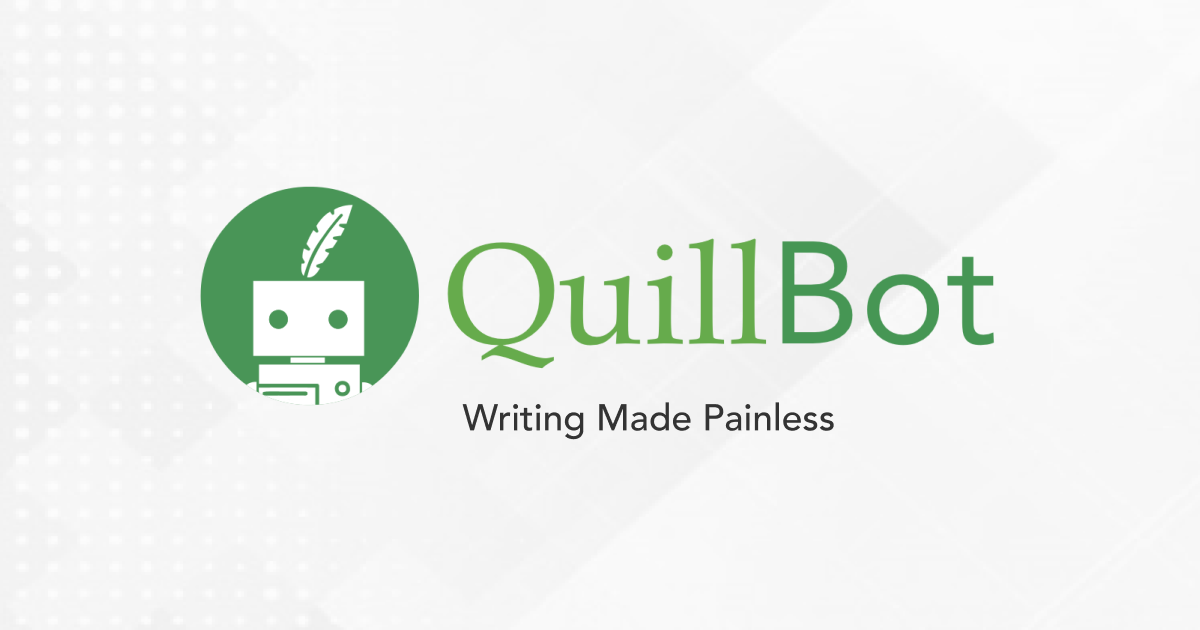A student’s dream would be to write a report or an essay in just a matter of a few minutes. One can only hope for some way to instantly generate or paraphrase heaps of texts with just a press of a button. That dream has become somewhat of a reality in the last few years, with the introduction of Artificial Intelligence (A.I.) assisted writing software. These writing softwares have introduced new ways of effective writing and content generation for not only students, but also other professions such as researchers, authors, and other forms of online creators (Osmond, 2022). One of the more well-known writing software introduced in the past decade is Grammarly, which – described in a nutshell – is a grammar and spelling-checking tool (Grammarly.com, n.d.). With the help of A.I. and machine learning, the grammar and spelling checking tool also provides the option to change the style and tone of the text with real-time writing feedback.
A.I. Assisted writing tools
Using writing tools such as Grammarly seems like a good option for people who want to get their text grammar and spelling checked, as it effectively proofreads the entire text or document in just a matter of a few seconds (Hamilton, 2022). But what if there is a tool that is not only able to check the grammar and spelling of the author, also able to paraphrase large amounts of texts? This is seemingly answered with the introduction of Quillbot; an online writing assistant that uses A.I. and machine learning to paraphrase sentences. Moreover, the online writing assistant offers the user to do grammar and spelling checks, summarize texts, plagiarism checks, and vocabulary enhancements (Osmond, 2022). However, most of the buzz surrounding Quillbot revolves around the paraphrase functionality of the writing tool. The paraphrase tool is able to reword the writing into a number of different styles, which the user can choose from. Although that does not seem all too controversial, it is the fact that users are able to copy and paste existing texts into the writing tool, and get paraphrased texts without putting much effort into it. Of course, not everything can be paraphrased up to a standard where it can bypass the plagiarism checks.
The pros and cons
The introduction and innovation of A.I.-assisted writing tools have raised many concerns for not only universities but also for researchers, authors, online creators, and other forms of content creation. Moreover, as A.I. and machine learning have garnered increased traction over the years, we can only expect better and more efficient A.I. & machine-learning-assisted writing tools in the near future. Perhaps tools that are able to completely generate heaps of texts with just a few input suggestions (just like DALLE-2!). Of course, there are also many upsides to using these A.I.-assisted writing tools! The writing tool is especially useful for people that are not fluent in a language. Moreover, people who wish to write better and more efficiently can also benefit from the use of these writing tools. Lastly, it can save a tremendous amount of time for people that write a lot of text for their profession.
Thoughts regarding writing tools
I think A.I.-assisted writing tools are great and very useful for many cases. However, there are still many grey areas where we have to debate about the use of writing tools such as Quillbot. Moreover, where do we draw the line between what we consider plagiarism or paraphrasing if it is generated by a writing tool? I think we have to wait a bit longer until we can get a clear answer to these kinds of questions. Also, if you are reading this, you might be wondering if I made use of the Quillbot paraphrasing tool, and to answer that question: No, I did not (I did run the text in Grammarly for grammar and spelling checks).
SOURCES
Grammarly.com. (n.d.). Grammarly: Free Online Writing Assistant. https://www.grammarly.com/student?q=brand&utm_source=google&utm_medium=cpc&utm_campaign=brand_student&utm_content=sa360test&utm_term=grammarly&matchtype=b&placement=&network=g&gclid=Cj0KCQjwhY-aBhCUARIsALNIC05kEMcNRbLRNT0otfC3SBPXcqsi4cIaZdRu0O7DMCqdM8LoO69w-6UaAvjjEALw_wcB&gclsrc=aw.ds
Hamilton, J. (2022, June 1). Quillbot Review: Is it a Good Tool for Authors? Kindlepreneur. https://kindlepreneur.com/quillbot/
Osmond, C. (2022, May 26). Quillbot Review. https://grammarist.com/writing-tools/quillbot-review/



